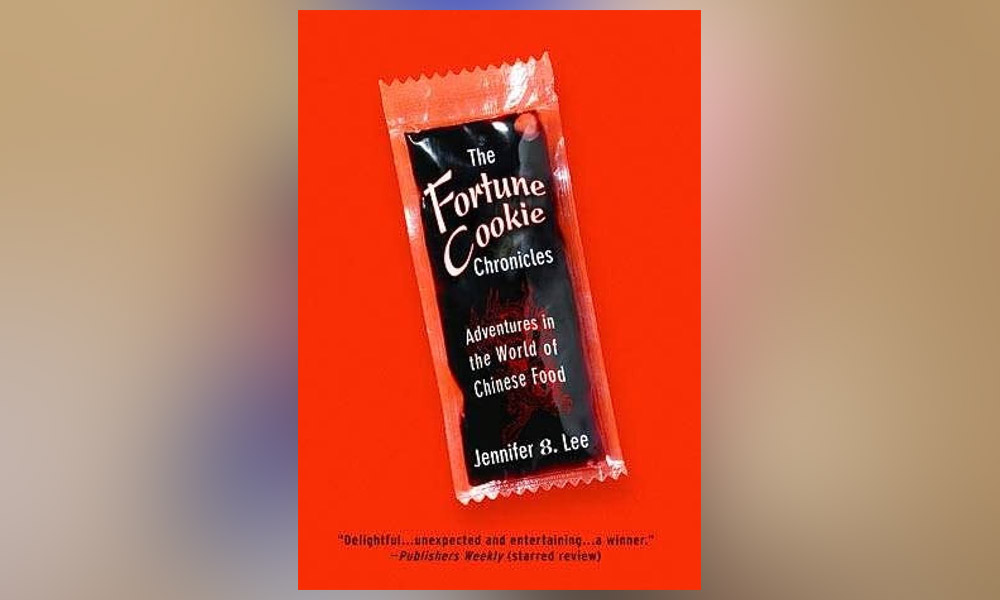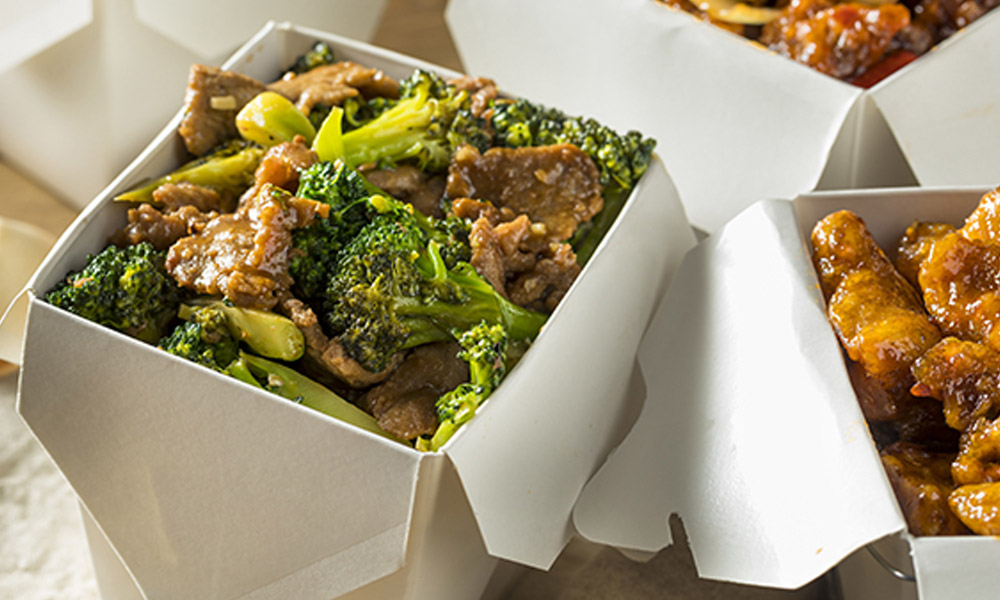The political and economic tensions between America and China have been simmering for years. These tensions are also reflected in the evolving ways both cultures perceive the other’s cooking and eating practices.
In ‘The Fortune Cookie Chronicles’ (2008), Asian-American writer Jennifer Lee explores the clashes between Western and Asian tastebuds and taboos.
For in America, Chinese food is loaded with cultural ideologies and identities most Asians would find alienating.
Historically, when Chinese immigrants arrived in the US during the late 1800s, the way they looked and cooked inflamed cultural tensions that marked differences while reinforcing the supposed ‘superiority’ of Western culture.
Lee observes that Western cooking styles like baking and boiling are largely tidy if ‘passive’ activities.
Meanwhile, Chinese cooking is a noisy affair – loud chopping and clanging woks over open flames. Americans were suddenly confronted with exotic ingredients and strange textures like tofu and intestines.

Sadly, the alienness of these foods was extended to the people themselves. Rumours that Asians enjoyed consuming vermin like rats flamed xenophobic intolerance and suspicion.
Lee provides an amusing list of what Americans will not eat. These include foods with rubbery textures like jellyfish, ‘too black’ appearances like black fungus, or ‘too white’ like steamed buns (which Americans see as undercooked).
There is also the cardinal rule that “what goes into the mouth should never come out” means no eating (or spitting out) anything with shells, scales, and bones.
Americans also prefer not to be reminded that what they eat once lived. Lee jokes that they prefer the comfortingly geometric shapes of sandwiches and fillets. Meanwhile, like most Asian cultures, Chinese cooking involves the whole animal, so nothing is wasted.
Today, Chinese food is America’s go-to comfort meal. Lee observes there are more Chinese restaurants across America than all the McDonald’s and KFC joints combined. Still, Chinese meals are treated with continued suspicion and seen as unhealthy.
Lee rightly points out that most Chinese cooking, like stir-fry, is actually low-fat, low-salt, and lightly cooked. American food, meanwhile, is often deep-fried and fatty. The trouble is that Westerners prefer American-style Chinese food catered to their tastes – meaning salty and deep-fried.
Americanised Chinese food
Lee relates that her mother’s home cooking bears little resemblance to Chinese food served in mainstream American restaurants. In her journeys around China, Lee also realised that nobody recognised American favourites like General Tso’s chicken or chop suey.
Like the people, the cuisine needed to adapt to be accepted in the US. So how much remains Asian?
The white take-out box is a striking intersection of food, perception, and identity. To Americans, these foldable paper containers are inescapably Chinese, associated with convenience and cheapness.
But for people outside America, the take-out box appears in movies and TV shows whenever people order Chinese food. So, the take-out box is considered cool and, ironically, iconically American.
Unfortunately, like take-out boxes, most Asian-American restaurant workers are treated as infinitely disposable. Lee documents the heart-breaking stories of hardworking immigrants who move to America with dreams of providing their families with freedom and choices.

Instead, they end up working like slaves to feed the American public’s insatiable appetites.
Within the restaurant industry, Asian Americans are largely invisible and exploited. Lee includes a chilling chapter detailing how Asian-American food delivery workers are often casually robbed and killed while working, losing their lives over a few bucks.
Still, families keep coming to America to change their fortunes. As her book’s title indicates, Lee is fascinated with the fortune cookie – that classic example of Asian-American adaptability and identity confusion.
Lee relates her shock at discovering that fortune cookies are not actually Chinese. She embarks on a mission to discover the fortune cookie’s origins and how its story fits in America.
Lee’s quest takes her to cities like Los Angeles and San Francisco, where battles have been waged to claim bragging rights over the fortune cookie’s contested identity.
One of Lee’s most memorable observations is, “Cooking is like a language: the ingredients are the vocabulary; the techniques are the grammar.” No matter where in the world Chinese food is eaten and enjoyed, it binds people across space, time, and language.
The ‘Fortune Cookie Chronicles’ serves a stir-fry of humorous historical revelations and personal introspection that show how family memories and cultural legacies are simmered into what and how we eat. Yet I wonder what Lee would make of Chinese food in Malaysia if she visited?
I’m sure she’d be impressed about how Malaysian Chinese food simultaneously preserves its traditional heritage, coexists with other local cuisines, and embraces the flavours of greater Southeast Asia. - Mkini
MATTHEW YAP hopes to share insights into books and films to inspire appreciation for the power of stories.
The views expressed here are those of the author/contributor and do not necessarily represent the views of MMKtT.



No comments:
Post a Comment
Note: Only a member of this blog may post a comment.